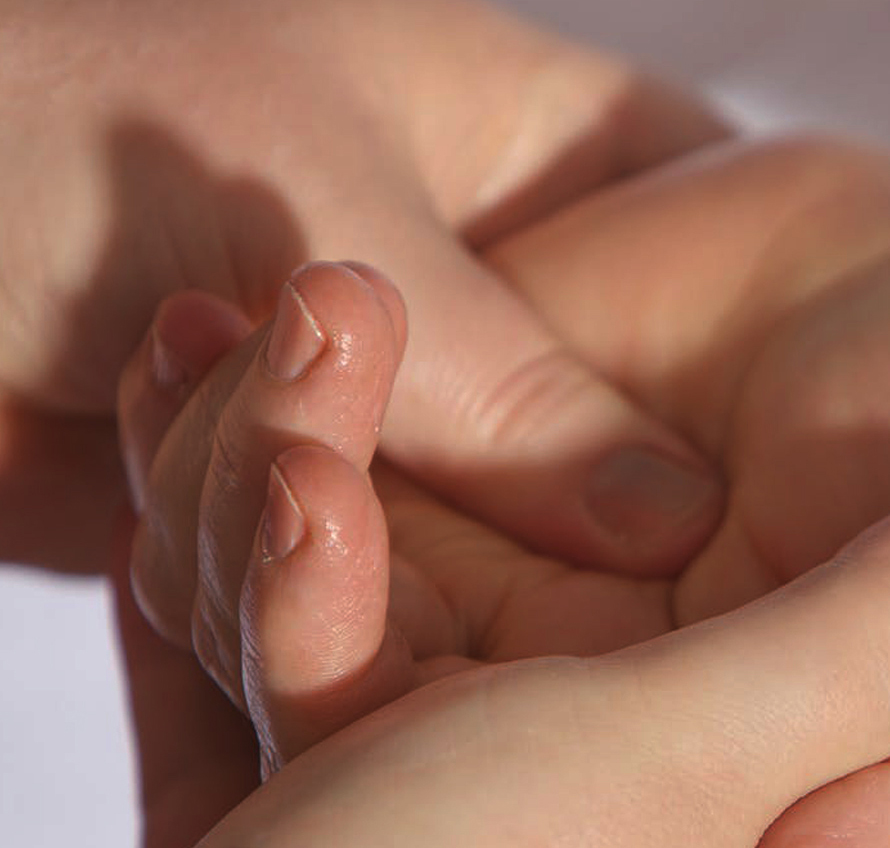Associated methods
Many types of practices are associated with massage and include bodywork, manual therapy, energy medicine, neural mobilization and breathwork. Other names for massage and related practices include hands-on work, body/somatic therapy, and somatic movement education. Body-mind integration techniques stress self-awareness and movement over physical manipulations by a practitioner. Therapies related to movement awareness/education are closer to dance and movement therapies. Massage can also have connections with the New Age movement and alternative medicine as well as holistice philosophies of preventative medical care, as well as being used by mainstream medical practitioners.

Beneficial effects
Peer-reviewed medical research has shown that the benefits of massage include pain relief, reduced trait anxiety and depression, and temporarily reduced blood pressure, heart rate, and state of anxiety. Additional testing has shown an immediate increase and expedited recovery periods for muscle performance. Theories behind what massage might do include enhanced skeletal muscle regrowth and remodeling, blocking nociception (gate control theory), activating the parasympathetic nervous system, which may stimulate the release of endorphins and serotonin, preventing fibrosis or scar tissue, increasing the flow of lymph, and improving sleep.
Massage is hindered from reaching the gold standard of scientific research, which includes placebo-controlled and double blind clinical trials. Developing a "sham" manual therapy for massage would be difficult since even light touch massage could not be assumed to be completely devoid of effects on the subject. It would also be difficult to find a subject that would not notice that they were getting less of a massage, and it would be impossible to blind the therapist. Massage can employ randomized controlled trials, which are published in peer reviewed medical journals. This type of study could increase the credibility of the profession because it displays that purported therapeutic effects are reproducible.
Massage is hindered from reaching the gold standard of scientific research, which includes placebo-controlled and double blind clinical trials. Developing a "sham" manual therapy for massage would be difficult since even light touch massage could not be assumed to be completely devoid of effects on the subject. It would also be difficult to find a subject that would not notice that they were getting less of a massage, and it would be impossible to blind the therapist. Massage can employ randomized controlled trials, which are published in peer reviewed medical journals. This type of study could increase the credibility of the profession because it displays that purported therapeutic effects are reproducible.
Single-dose effects
- Pain relief: Relief from pain due to musculoskeletal injuries and other causes is cited as a major benefit of massage. A 2015 Cochrane Review concluded that there is very little evidence that massage is an effective treatment for lower back pain. A meta-analysis conducted by scientists at the University of Illinois at Urbana-Champaign failed to find a statistically significant reduction in pain immediately following treatment. Weak evidence suggests that massage may improve pain in the short term for people with acute, sub-acute, and chronic lower back pain.
- State anxiety: Massage has been shown to reduce state anxiety, a transient measure of anxiety in a given situation.
- Blood pressure and heart rate: Massage has been shown to temporarily reduce blood pressure and heart rate.
Multiple-dose effects
Multiple-dose effects
- Pain relief: Massage may reduce pain experienced in the days or weeks after treatment.
- Trait anxiety: Massage has been shown to reduce trait anxiety; a person's general susceptibility to anxiety.
- Depression: Massage has been shown to reduce subclinical depression.
